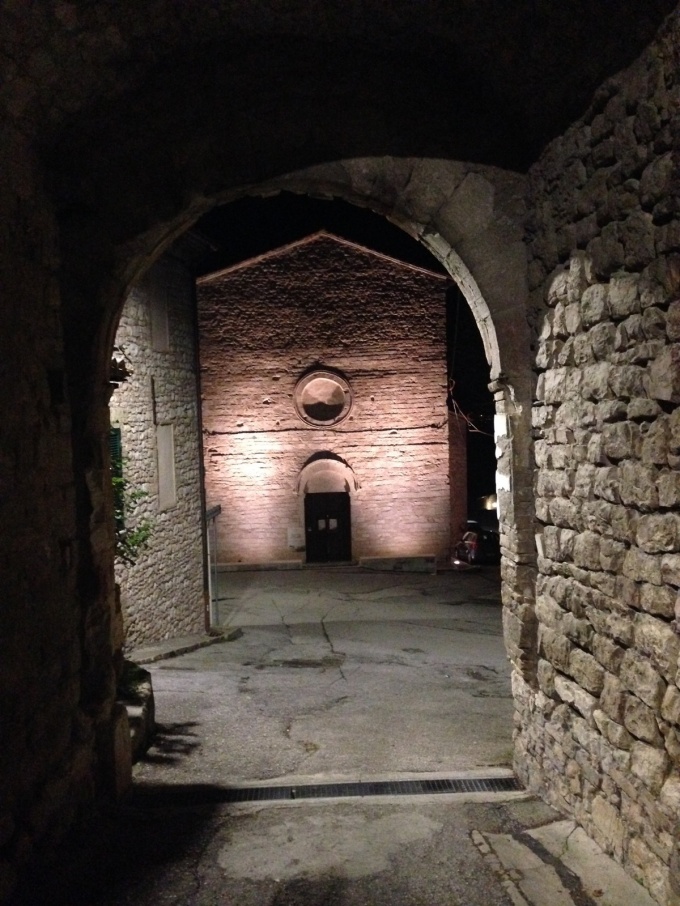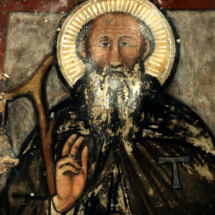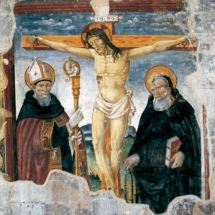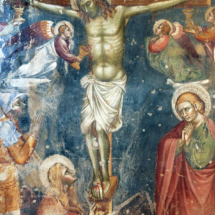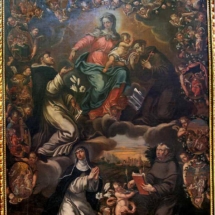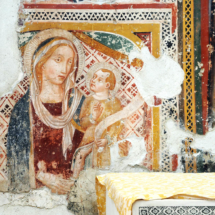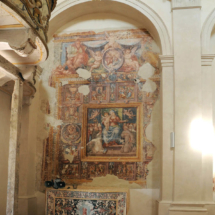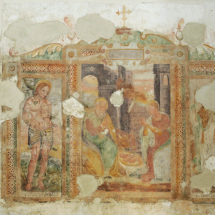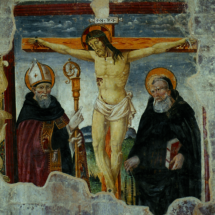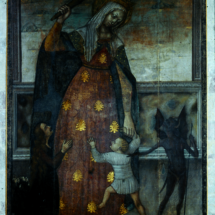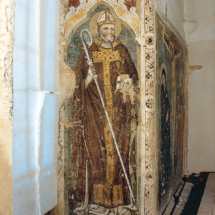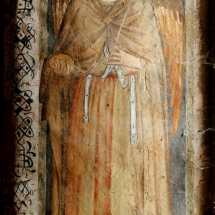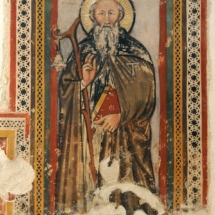The church and the convent of San Francesco were built in the second half of the thirteenth at one of the gateways from the city center, and they can be considered among the first Franciscan buildings in Umbria, and is not to be excluded that the building had been wanted from Saint Francis. The complex has been damaged by the earthquake of 1997 and returned to citizens in 2009, after a long restoration. Two eminent Franciscan figures had origins from Giano dell’Umbria: Fra Giordano e Frate Bartolomeo: the first, perhaps received the order by Francis himself, was a key figure in the apostolate in Germany. Fra Giordano was author of the Cronaca, one of the most important sources the history of the Franciscan order. The second was distinguished by an’important mission of evangelization in the East. The whole structure is documented, then, already in the thirteenth; the hermitage belonged to the “Custodia Vallis”, which was part of the Province of St. Francis or of ‘Umbria. In 1350 the convent was assigned to Fratello Gentile da Spoleto, and in 1373 the Beato Paoluccio Trinci from Foligno.
The church was visited by many pilgrims who passed in these areas and who wanted to gain a plenary indulgence; In fact, since 1291 it was granted indulgences to those who had visited the convent. The exterior, in pink stone, with gabled roof, has an elevated facade than the original. Sobriety is dominant and confirms the typical architectural ideal of Franciscan churches. On the right side you can see the ancient part of convent, including well-preserved is the dining hall, now used as a events room. The interior presents reconstructions seventeenth-eighteenth century; the rigor of the primitive Franciscan facility was altered, in fact, in the seventeenth century, when it intervened with the raising of the perimeter walls, a new roof, and was renewed. The walls are decorated with six wooden altars of the eighteenth century, with seventeenth-century paintings, embellished with eighteenth-century frontals in scagliola, paintings with floral motifs. The altar serves as a wooden curtain and hides the original Gothic apse of the church decorated with frescoes of the fourteenth century probably spoletina school. But the most important paintings, rediscovered beneath the drab in the twentieth century, are located in the chapel of the Crucifix, on the left of the altar, with the cycle of frescoes telling the Passione di Cristo e la Dormitio Virginis, attributed to the painter Giovanni di Foligno Corraduccio (XIV century).
Between the first and second set of walls were located the Augustinian Reclusorio, the Hospital of pilgrims and the ruined Church of St. Biagio. Outside the defensive wall, however, are the churches of S. Biagio (1680), St. Francis (XIII sec.), and the desecrated Church of Annunciation.
The Frontals in scagliola
It is a type of artefacts, interesting and rare in Umbria. Done with a special “dough: obtained from a mineral – the gypsum- that in the pure state is in the form of lamellae or flakes. Called “poor man marble”, it was used to simulate marble inlays; it was used mainly for the construction of the altar panels to be placed on the altars of the churches, as the result was of great scenic effect. Many are the creative ideas in these works: the variety and combination of colors, as well as the riot of details (arabesques, flowers, and birds of all kinds) contributed to the triumph of Christian art .


